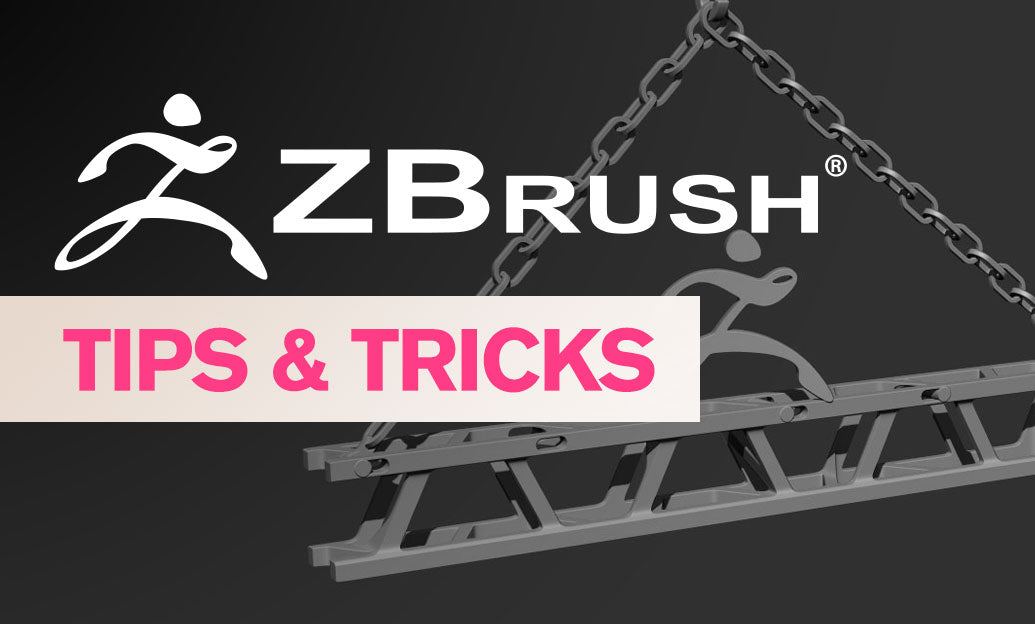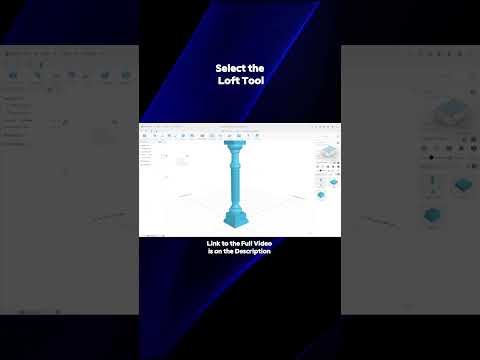Your Cart is Empty
Customer Testimonials
-
"Great customer service. The folks at Novedge were super helpful in navigating a somewhat complicated order including software upgrades and serial numbers in various stages of inactivity. They were friendly and helpful throughout the process.."
Ruben Ruckmark
"Quick & very helpful. We have been using Novedge for years and are very happy with their quick service when we need to make a purchase and excellent support resolving any issues."
Will Woodson
"Scott is the best. He reminds me about subscriptions dates, guides me in the correct direction for updates. He always responds promptly to me. He is literally the reason I continue to work with Novedge and will do so in the future."
Edward Mchugh
"Calvin Lok is “the man”. After my purchase of Sketchup 2021, he called me and provided step-by-step instructions to ease me through difficulties I was having with the setup of my new software."
Mike Borzage
AutoCAD Tip: Optimizing Productivity: Mastering Paper Space and Model Space in AutoCAD
September 02, 2024 2 min read

Maximizing your productivity in AutoCAD often hinges on understanding the effective use of Paper Space and Model Space. Here are essential tips to help you navigate between these two environments and manage your drawings more efficiently:
- Understanding the Basics: Model Space is where you create your drawings, representing the actual scale of the objects. Paper Space, on the other hand, is used to create layouts for printing, allowing you to manage different views and scales on a single sheet.
-
Switching Between Spaces: You can easily switch between Model Space and Paper Space by clicking on the corresponding tabs at the bottom of your drawing area. Alternatively, use the command line shortcuts
MS(Model Space) andPS(Paper Space). -
Creating Viewports: In Paper Space, you can create viewports to display different sections of your Model Space drawing at various scales. Use the
MVcommand to create a new viewport. Adjust the scale by selecting the viewport and using the properties palette to set the desired scale. - Locking Viewports: Once you've set the desired scale in your viewport, lock it to prevent accidental changes. You can do this by selecting the viewport, right-clicking, and choosing Display Lock from the context menu.
-
Managing Layers in Viewports: Use the
VPLAYERcommand to control layer visibility within specific viewports without affecting the global layer settings in Model Space. This is especially useful for creating detailed and uncluttered drawings. - Utilizing Annotation Scaling: Ensure that your annotations (text, dimensions, leaders) are readable in different viewports by using Annotative Scaling. This feature allows annotations to automatically adjust their size based on the viewport scale, ensuring consistency across your drawings.
- Setting Up Layouts: Create multiple layout tabs in Paper Space to organize different sheets of your drawing set. Each tab can have its own unique arrangement of viewports, title blocks, and other necessary annotations.
- Using Page Setups: Streamline your plotting process by creating and managing Page Setups. Define your plot settings once and apply them across multiple layouts, saving time and reducing errors.
-
Printing and Plotting: When you're ready to print, use the
Plotcommand. Select your desired layout tab, choose the appropriate printer, and ensure your Page Setup is correctly applied. Preview your plot to confirm everything looks as expected before finalizing the print.
By mastering the use of Paper Space and Model Space, you can significantly enhance the clarity and professionalism of your drawings. For more expert tips and professional AutoCAD solutions, follow NOVEDGE and stay updated with the latest in CAD technology.
You can find all the AutoCAD products on the NOVEDGE web site at this page.
Also in Design News

💎 Rhino Artisan Arrives in Turkey: Revolutionizing Jewelry Design
February 27, 2025 1 min read
Read More
ZBrush Tip: Mastering Curve Surface for Unique Textures in ZBrush
February 27, 2025 2 min read
Read MoreSubscribe
Sign up to get the latest on sales, new releases and more …



